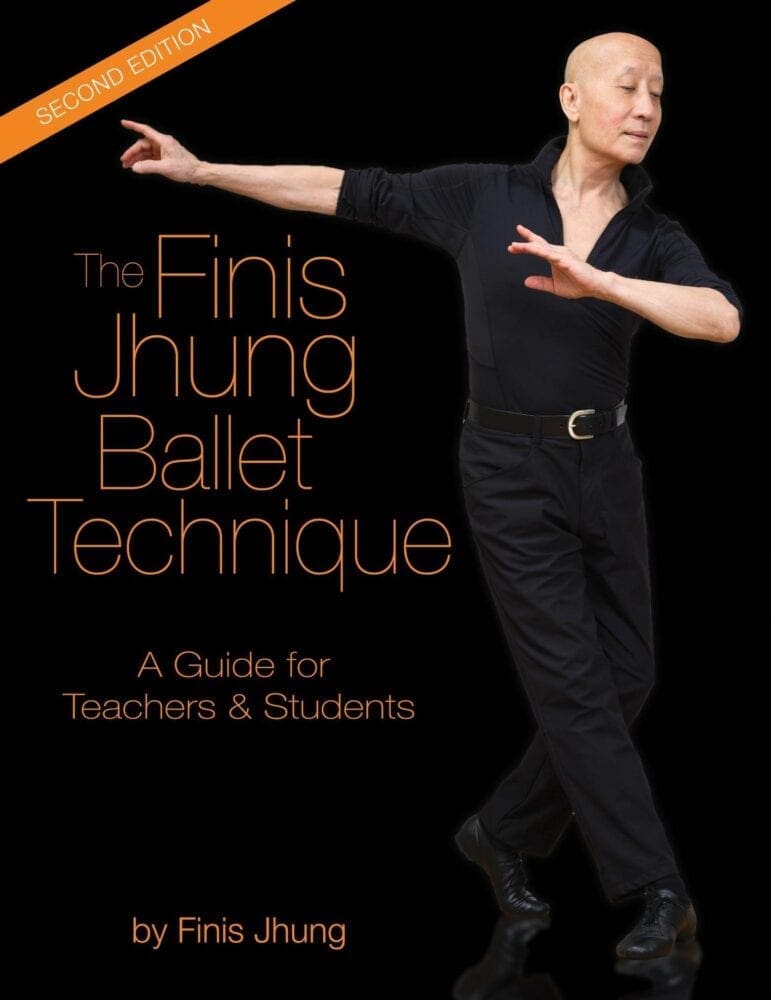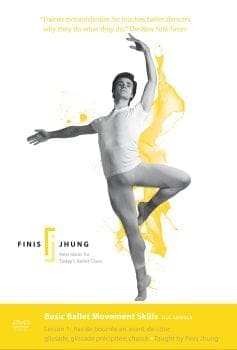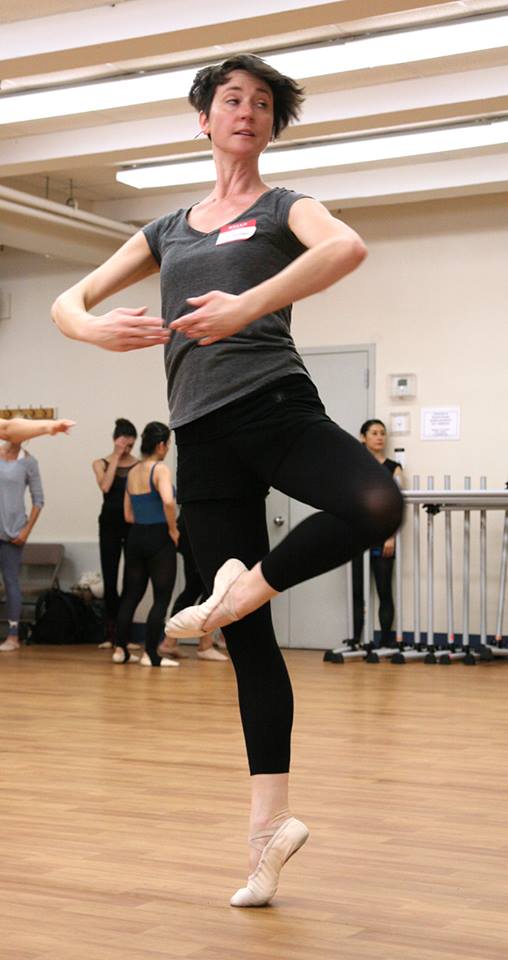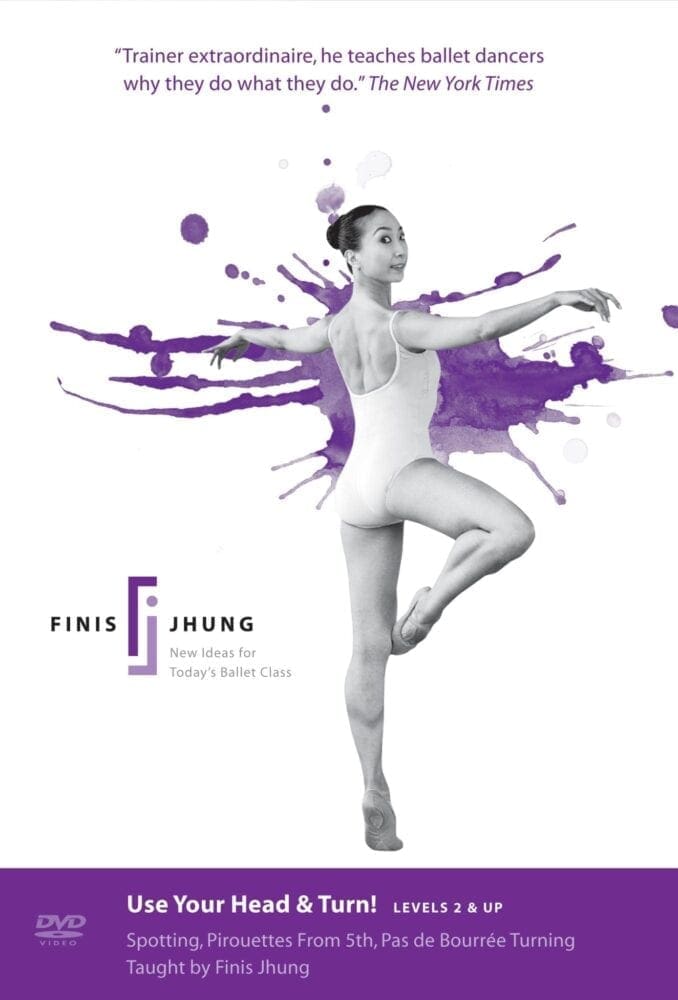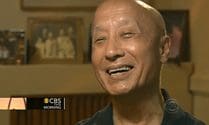Many students have trouble finding their balance when they piqué in first arabesque. This is the third blog in a series of excerpts from my Guidebook on how to make this all-important step look better.
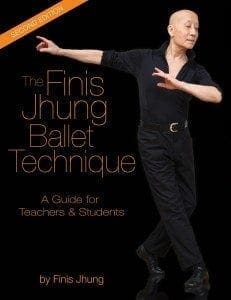 #3 Ears back!
#3 Ears back!
This is an abbreviated command. Since you are moving forward, you must have opposition of weight and movement in order to balance your piqué in first arabesque. Therefore, keep your ears and shoulders back. Most importantly, find your balance by sending energy down through your standing leg and out through your back shoulder and arm. Remember that only your toes and hips move forward. The succession of movement is this: toes, hips, chest, shoulders, arms, and head. Your ears stay back until the last moment. (Excerpted from “The Finis Jhung Ballet Technique: A Guide for Teachers & Students. Page 274.)

